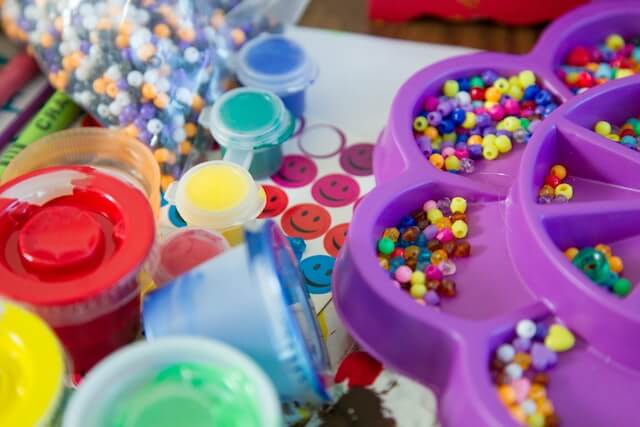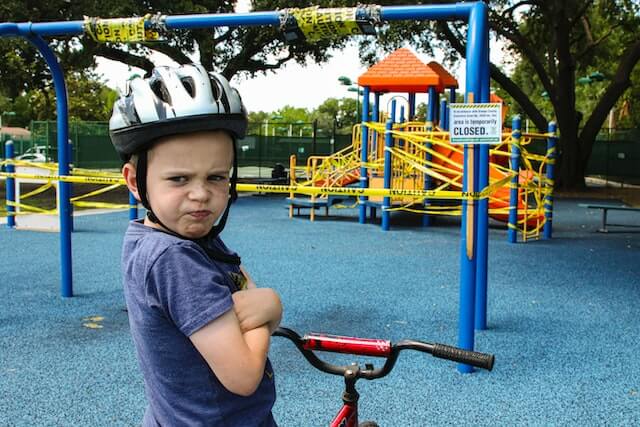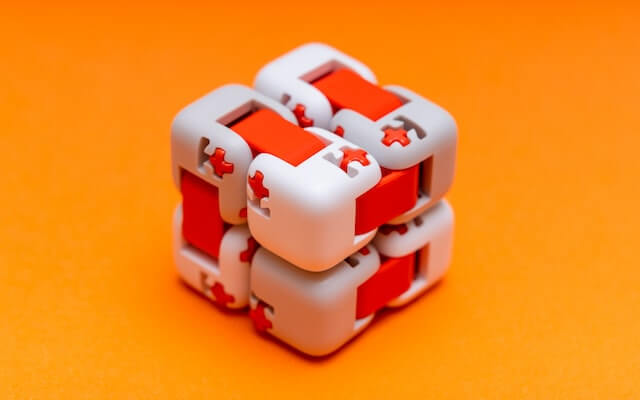Many children with autism enjoy sensory activities that help them to focus and stay calm. Games that provide visual, auditory, or tactile stimulation can be particularly helpful for kids with autism.
This guide shares sensory activity ideas to try at home with your child.
Why Are Sensory Activities Good for Autism?
Sensory activities help children with autism to relax and focus. They can also provide a way for kids to calm down after a stressful event.
Sensory activities may also help children with autism to develop social skills, such as sharing, negotiating, and planning.
Sensory Activities at Home for Autistic Children
As you’ve seen, some children with autism have difficulty processing sensory information. This can make everyday activities, like getting dressed or eating, very difficult.
Sensory activities can help your child feel more comfortable in their environment and reduce problem behaviors. Here are some ideas for sensory activities you can do at home:
Window Painting with Shaving Cream
This simple activity can turn into a fun game for your child. All you need to do is put the shaving cream on a window or glass door and let your child draw shapes or write their name with their fingers.
It’s an excellent way to work on your child’s handwriting while also strengthening their motor skills.
Pouring Station
There are a few things you’ll need for this activity:
- Different shaped and sized containers
- Funnels
- Eye droppers
- Trays
- Water
- Food coloring
Once you have everything handy, follow the instructions below:
- Fill the containers with water and food coloring.
- Let your child pour the liquids back and forth between the containers using the funnels and eye droppers.
- Encourage your child to experiment with different pouring techniques.
This activity will help your child develop their fine motor skills and hand-eye coordination, both of which are highly beneficial for children with autism. It is also a great way to work on real-life pouring skills and increase concentration.
Sensory Walk
Another simple activity is a sensory walk. This can be done inside or outside. For an indoor sensory walk, put different textured materials in shallow bowls and line them up on the floor. Your child can then walk through the different textures.
You might try using things like rice or sand to really give your child a different sensation. For an outdoor sensory walk, try different surfaces like grass, gravel, or pavement. You can also find things to touch, like leaves, flowers, or branches.
Either activity is a great way to improve your child’s balance and coordination.
Plastic Bag Kite
This is a great activity for children who love the outdoors. Simply get some yarn and tie it to a reusable bag. The bag serves as the kite, and the yarn is the handle.
The plastic bag kite activity works well to get children moving in a constructive way. Moreover, it helps them develop gross motor skills.
Thanks to this deceptively clever sensory activity, children with autism get to experience the senses of both sound and touch—just from the wind hitting the bag!
Underwater Scene
For this sensory activity, you’ll need some plastic water creatures and a bin. Let your child collect different things from outside, like dirt, rocks, and leaves.
Let them design their own underwater scene. Then, let them slowly fill up the bin with water. Move the bin to create waves and have fun!
Although simple in design, the sensory input from this activity can be very calming for children with autism. Not only that, but it also helps them learn fundamental science concepts, like cause and effect.
Perhaps best of all, the Underwater Scene activity promotes imagination and pretend play, which are essential for social and emotional development.
Sorting Bin
Similar to the Sensory Walk activity, this activity allows your child to experience—and experiment—with textures.
To start, fill a bin with rice, beans, small rocks, or other items of different textures. Let your child sort through the items using their hands. If you think they’re up for a greater challenge, let your child use tongs or a toy shovel instead.
Both methods will help your child develop hand-eye coordination, fine motor skills, and muscle coordination!
Scented Playdough
Children who have autism can benefit from activities that stimulate their sense of smell. This is because the olfactory system, which controls our sense of smell, is closely linked to the limbic system, which controls emotion and memory.
Many studies have shown that the limbic system isn’t as fully-developed as it is in neurotypical children. This means that children with autism may not be able to process emotions as well as other children.
But that doesn’t mean they can’t enjoy the sense of smell!
Making scented playdough is a great way to engage your child’s sense of smell. All you need is some basic ingredients and a few drops of essential oil.
Try using scents like almond, cinnamon, vanilla, lemon, or whatever else strikes your fancy. Bonus points if you can find a scent that your child really enjoys.
And if you really want to make things interesting, add some food coloring to enhance the experience.
Remember, the goal here is to excite the senses while also providing a calm and soothing activity—something the Scented Playdough activity is perfect for!
Have your little one describe what they smell and see. With all five senses activated, this is one activity that is sure to benefit children with autism.
Frozen Toys
For our last sensory activity idea, we’re headed to the freezer. You want to freeze some of your child’s favorite small toys in a bin. You can then give your child things like a toy hammer or a spray bottle with warm water to help release the toys.
This activity is great for working on motor skills, as well as helping your child understand the sensation of something cold. It’s also a great opportunity to work on concentration and following instructions.
Tips for at Home Sensory Activities
Some children with autism are more sensitive to certain sensory inputs than others. For some, specific sounds, textures, or lights can be overwhelming and even painful.
Others may seek out a high level of sensory stimulation through activities like spinning, jumping, or hand-flapping.
Sensory activities can help children with autism regulate their sensory input and help them to cope with the world around them. Here are some tips for at-home sensory activities that can help your child:
Take Part in Sensory Activities
The activities outlined above might sound like they’re just meant for your child, but that’s not the case at all! You can take part in sensory activities with your child to help them feel more comfortable and to build a stronger bond.
Use this time to describe to your child exactly what you’re doing—make it a big deal! This should be a special time for both of you.
And it’s something that will likely stay with your child as a fun and memorable experience. Take advantage of it!
Stay Stocked Up on Plastic Storage Bins
As you saw from the sensory activities above, plastic storage bins sure come in handy. You can use them to store all sorts of things, from balls to rice to toys and more.
And if you have a child who is particularly fond of one type of sensory activity, you can use plastic storage bins to create a “sensory station” in your home. This way, your child can go to their station whenever they need a sensory fix.
Get a Jump on the Day
One of the best ways to help your child with autism is to get a jump on the day. This means getting up earlier than usual so that you can start your day off at a leisurely pace.
This gives you time to do things like make breakfast together, take a nature walk, or just spend some time talking—all of which can help your child feel more relaxed and prepared for the day ahead.
And, as an added bonus, you’ll likely find that getting a jump on the day helps you feel more relaxed and prepared, too!
You can use sensory activities as something to look forward to after a long day at school or as a way to wind down before bed.
But ultimately, these activities are meant to be fun—for both you and your child. So, get creative and have fun!
Don’t Force Sensory Activities
Not every child with autism will respond favorably to sensory activities. And that’s okay!
If your child seems uninterested or even agitated by the activities, don’t force them to participate. It’s important to respect your child’s wishes and not push them to do anything they’re uncomfortable with.
There are plenty of other ways to provide sensory input for your child. And as with anything else, trial and error is often the best way to figure out what works best for your child.
End the Day with a Relaxing Activity
Just as it’s important to get a jump on the day, it’s also important to end the day with a relaxing activity. This can help your child wind down and prepare for bedtime.
Try to find one that’s particularly calming for your child. This might be something as simple as reading a book together or taking a bath.
Conclusion
Sensory activities can be a great way to provide sensory input for children with autism. But it’s important to remember that every child is different. What works for one child might not work for another.
So don’t get discouraged if the first few activities you try don’t work out. With a little patience and perseverance, you’re sure to find the sensory activities that work best for your child.
If you are ready to work with the best ABA therapy provider in New York, New Jersey or Indiana, give us a call at (732) 402-0297. Our dedicated team is ready to help and we will treat you like family.









